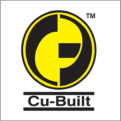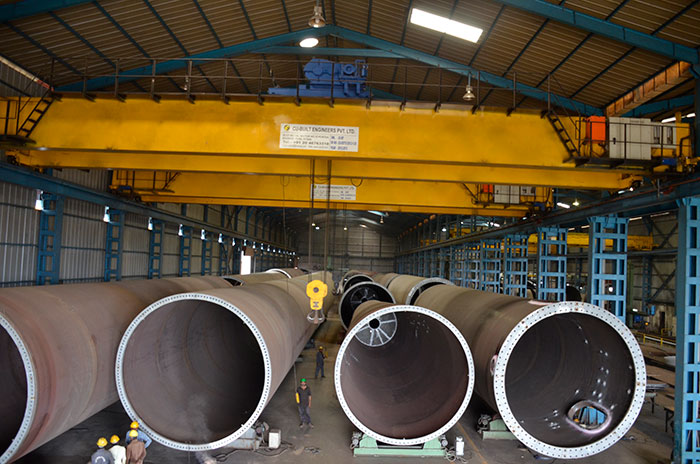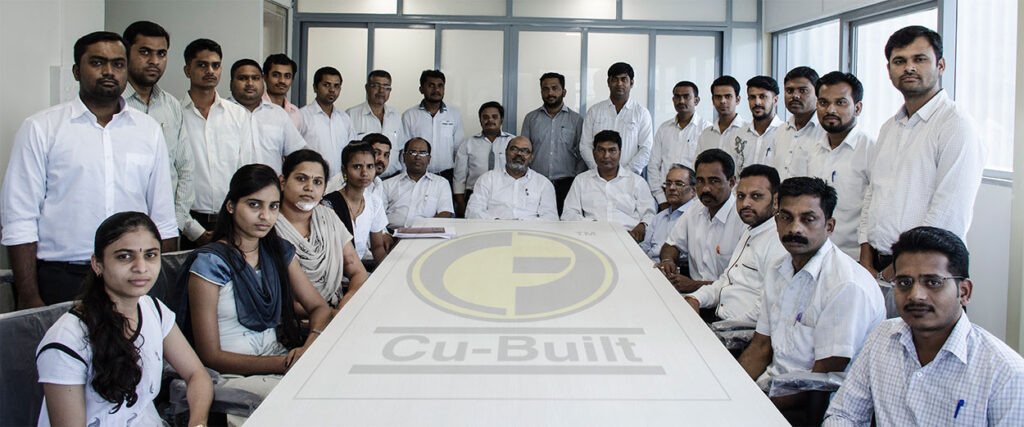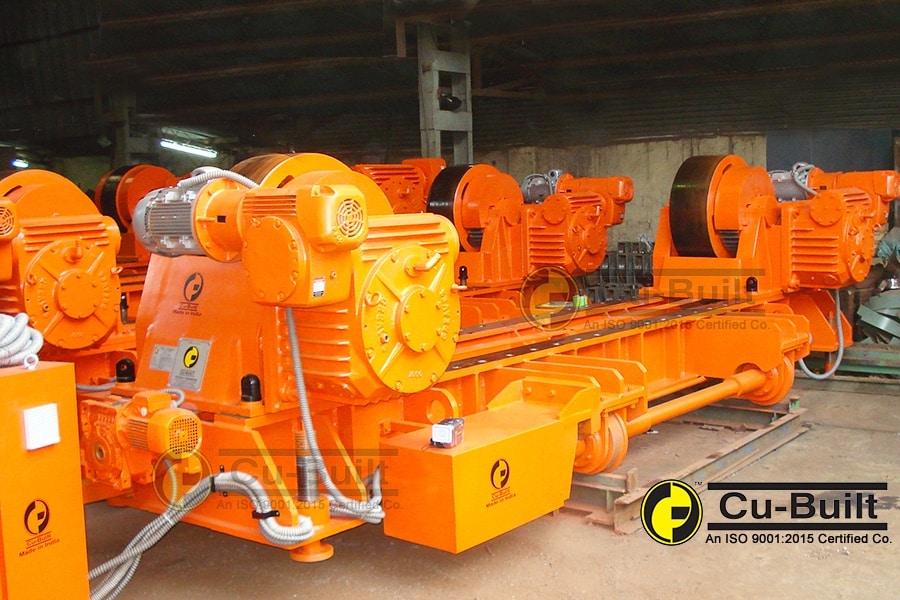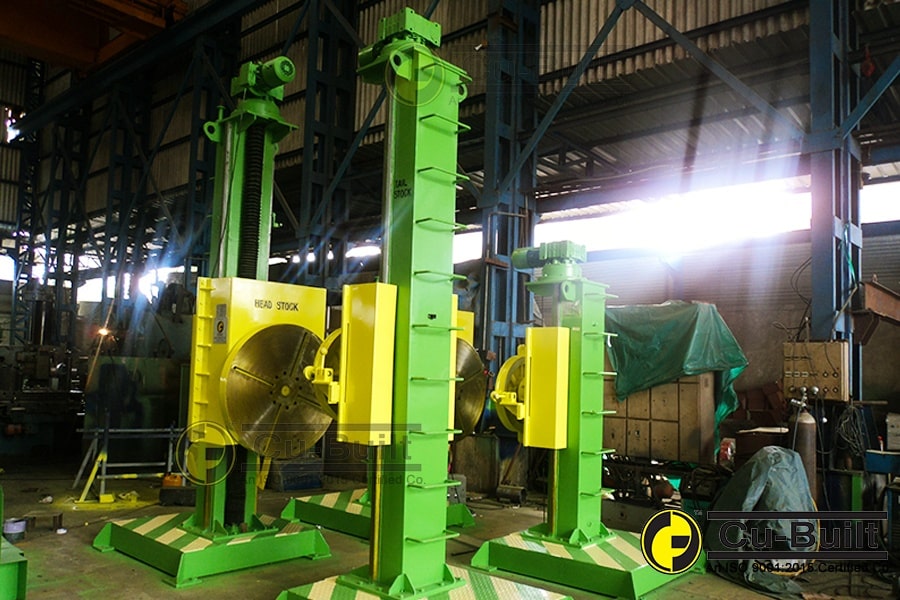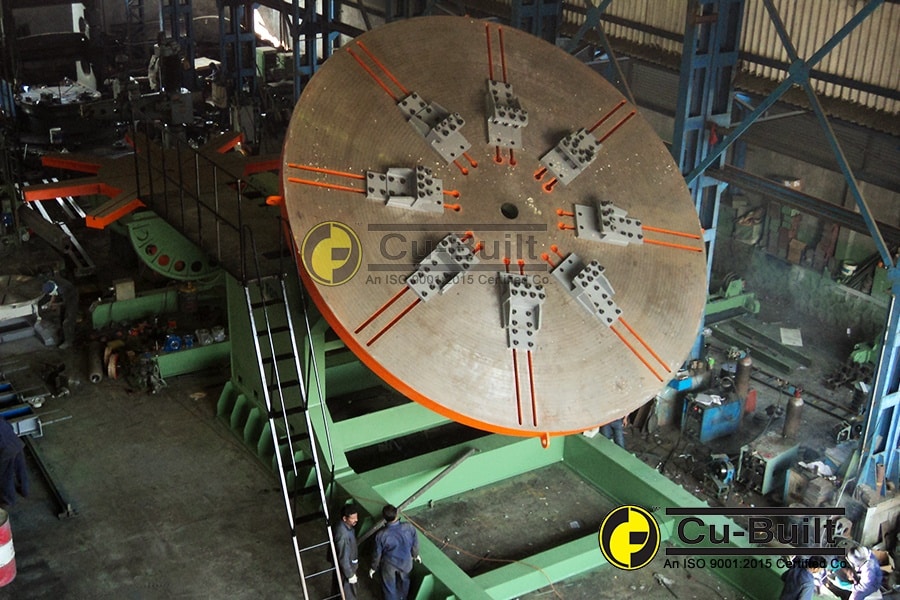Advantages of Double Girder EOT Crane: Why It’s the Best Choice for Heavy Lifting
In industrial settings, material handling and lifting heavy loads efficiently and safely is critical for productivity. Among various crane types, the double girder EOT crane stands out as a highly reliable and versatile solution for heavy-duty lifting tasks. This blog explores the advantages of double girder EOT crane, explaining why industries prefer it over other crane models, especially when handling large loads or requiring longer spans.

What is a Double Girder EOT Crane?
Before diving into the advantages, let’s understand what a double girder EOT crane is. EOT stands for Electric Overhead Travelling crane, a type of overhead crane used extensively in manufacturing plants, warehouses, and construction sites. The double girder design refers to the crane having two main girders supporting the hoist, unlike a single girder crane that has only one.
This structural difference plays a significant role in load capacity, stability, and operational efficiency.
Top Advantages of Double Girder EOT Crane
1. Higher Load Capacity
One of the primary advantages of double girder EOT crane is its ability to handle heavier loads compared to single girder cranes. The presence of two girders provides increased structural strength, allowing it to support loads of up to 40 tons or more. This makes it ideal for industries such as steel manufacturing, shipbuilding, and heavy machinery assembly where lifting large, bulky items is routine.
2. Better Stability and Safety
Safety is paramount when lifting heavy materials. The double girder design offers superior stability due to better weight distribution and structural integrity. This reduces the risk of crane deflection or twisting under load, ensuring safer operation. Moreover, the robust frame can withstand vibrations and external forces, minimizing accidents and enhancing workplace safety.
3. Longer Span Coverage
Double girder EOT cranes are capable of spanning wider distances, making them suitable for large factories or warehouses. The two girders provide extra rigidity, allowing the crane to cover larger spans without sagging or structural issues. This flexibility enables manufacturers to design spacious layouts without compromising lifting capabilities.
4. Enhanced Durability and Maintenance
The sturdy construction of double girder EOT cranes means they are more durable and can withstand harsh industrial environments for extended periods. They typically have a longer lifespan than single girder models, reducing replacement and repair costs over time. Additionally, their modular design facilitates easier maintenance and component replacement, improving uptime and productivity.
5. Versatility in Applications
Double girder EOT cranes can be customized with various hoists and trolleys, enabling them to perform different lifting tasks. Whether it’s precise lifting, heavy load transport, or high-speed operation, these cranes adapt well to varying industrial needs. This makes them an excellent investment for businesses seeking a multifunctional lifting solution.
6. Smooth and Efficient Operation
Thanks to the design that supports heavier hoists and better balance, double girder cranes operate more smoothly and efficiently. The reduced vibrations and enhanced load control improve operator confidence and reduce wear and tear on components, further lowering maintenance costs and downtime.
Key Industrial Uses Benefiting from Double Girder EOT Cranes
-
Steel Plants: Handling heavy steel coils, billets, and sheets.
-
Automobile Manufacturing: Moving large vehicle parts and assemblies.
-
Construction: Lifting heavy equipment and building materials.
-
Power Plants: Transporting heavy machinery components.
-
Warehousing and Logistics: Efficiently moving bulky goods and pallets.
Why Choose Double Girder EOT Crane Over Single Girder?
While single girder cranes are cost-effective and suitable for lighter loads, they lack the robustness required for heavy industrial applications. The advantages of double girder EOT crane become evident when considering the need for enhanced load capacity, span, and durability.
Double girder cranes offer:
-
Superior load handling for heavy industries.
-
Increased lifespan due to better build quality.
-
Greater flexibility for complex material handling.
-
Improved safety through structural stability.
In short, investing in a double girder EOT crane is a strategic decision that delivers better ROI by minimizing downtime, improving safety, and boosting operational efficiency.
Factors to Consider When Selecting a Double Girder EOT Crane
To maximize the advantages, it’s essential to consider:
-
Load capacity requirements: Know your maximum lifting load.
-
Span length: Measure the distance the crane must cover.
-
Height of lift: Determine the maximum hook height needed.
-
Environmental conditions: Choose materials and finishes suitable for your facility.
-
Operational speed: Decide on travel and hoisting speeds based on workflow.
-
Maintenance capabilities: Consider accessibility for servicing and repairs.
Proper selection ensures your double girder EOT crane operates optimally and lasts longer.
Final Thoughts
The advantages of double girder EOT crane make it a preferred choice across various heavy industries. Its high load capacity, stability, durability, and operational flexibility provide significant benefits that single girder cranes can’t match. By investing in a double girder EOT crane, companies can improve safety, efficiency, and productivity, ultimately driving business growth.
If your operations demand reliable and robust lifting solutions, a double girder EOT crane is worth serious consideration.
Ready to Upgrade Your Material Handling?
Looking to enhance your lifting capabilities with a double girder EOT crane? Our expert team specializes in providing tailor-made crane solutions designed to fit your specific industrial needs. Contact us today to get a customized quote and experience the benefits of cutting-edge lifting technology!
Get in touch now and take your operations to the next level!
